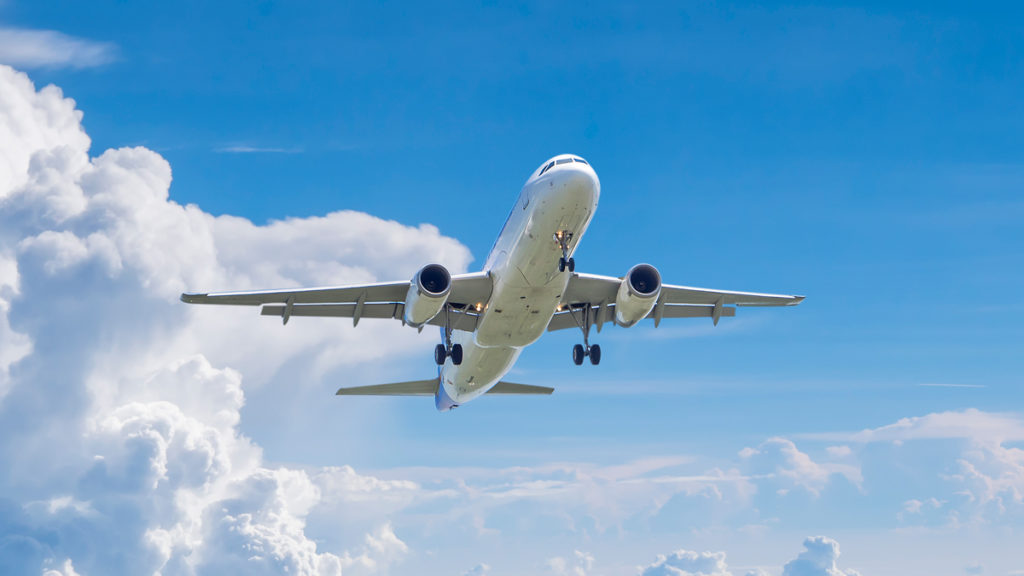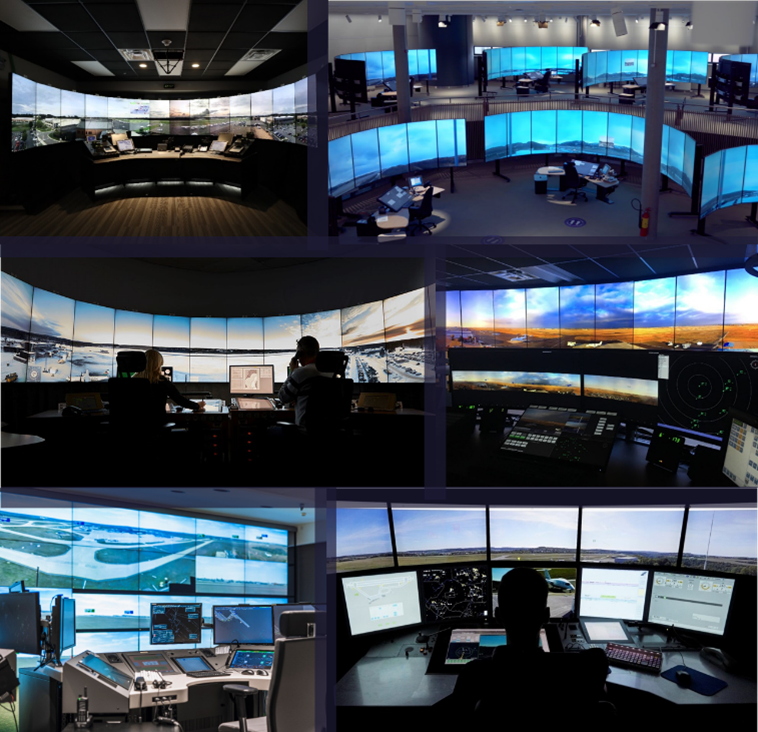Forecasting during the pandemic

Paul Ravenhill, Technical and ATM Director, Think Research, discusses the difficulties of providing accurate forecasts both during and after the pandemic.
We all know that 2020 was a hard year for aviation, and that 2021 has started just as bad. But how bad is bad?
In March 2020, traffic collapsed as states rushed to protect their borders with a wide range of travel restrictions. We’ve seen off disasters before – like the global economic crisis of 2008 and the Eyjafjallajökull volcano crisis of 2010, but the current pandemic is very different. There was no quick rebound like in 2010 once the ash cloud cleared. The slower GDP-driven rebound following the economic crisis is yet to materialise.
Nearly a year later, demand is still severely depressed – by state restrictions and passenger reluctance. Since then, ANSPs have not been able to use traffic forecasts to establish operational or investment plans. Instead, a new range of products has emerged which forecast traffic for the next six to 12 months based largely on airline short term schedules. These products are frequently updated – as vaccine approvals and new variants of the virus buoy and depress demand.
Traffic predictions beyond a few weeks are currently shrouded in uncertainty. Just as passengers, airlines and airports want and need to plan to enable flights, so do ANSPs to ensure flights are accommodated in a safe but optimised manner.
Following discussions within an ad-hoc working group on traffic forecasting, CANSO has produced a white paper – Educated Guess – Interpreting traffic forecasting during the pandemic – to describe the issues, explore what’s currently available and advise ANSPs on how to make the most of what is available.
Even writing the paper was an illustration of just how volatile traffic has been, each time we came close to publishing another raft of forecasts, or predictions or scenarios would be made available, and we would reconvene and decide what needed to change.
Take what you can from where you can
What we have learnt can be summarised in three points:
- Forecasts are still at the whim of the virus and will be until we have a global solution
- Positivity in forecasts is better when there is international coordination on travel restrictions and other measures to control the spread of the virus; and
- The experts generating these products, at ICAO, IATA, ACI, EUROCONTROL and others are doing an excellent job on limited data – so ANSPs need to create their own view based on fusing all available sources together with their own local observations.
Forecasts will need to recover too
The long heralded return to normal seems to be getting more and more likely. Indeed, it may well lead to a short term boom in air travel.
But beyond that? The long term social impact of the pandemic is not known. Has our collective wanderlust been diminished? Has our increased video-conferencing ability reduced the need for meetings?
Truth is that the detailed underlying forecast models that drive medium and long term traffic forecasts will need to be re-calibrated as each existing assumption is challenged by the new normal – and that could mean higher uncertainty in forecasts for several years.
I think this truly underlines the importance of the industry working together to build resilience and scalability into the global ATM system to cope with this uncertainty.
Read CANSO’s new whitepaper Educated Guess – Interpreting traffic forecasting during the pandemic here.




